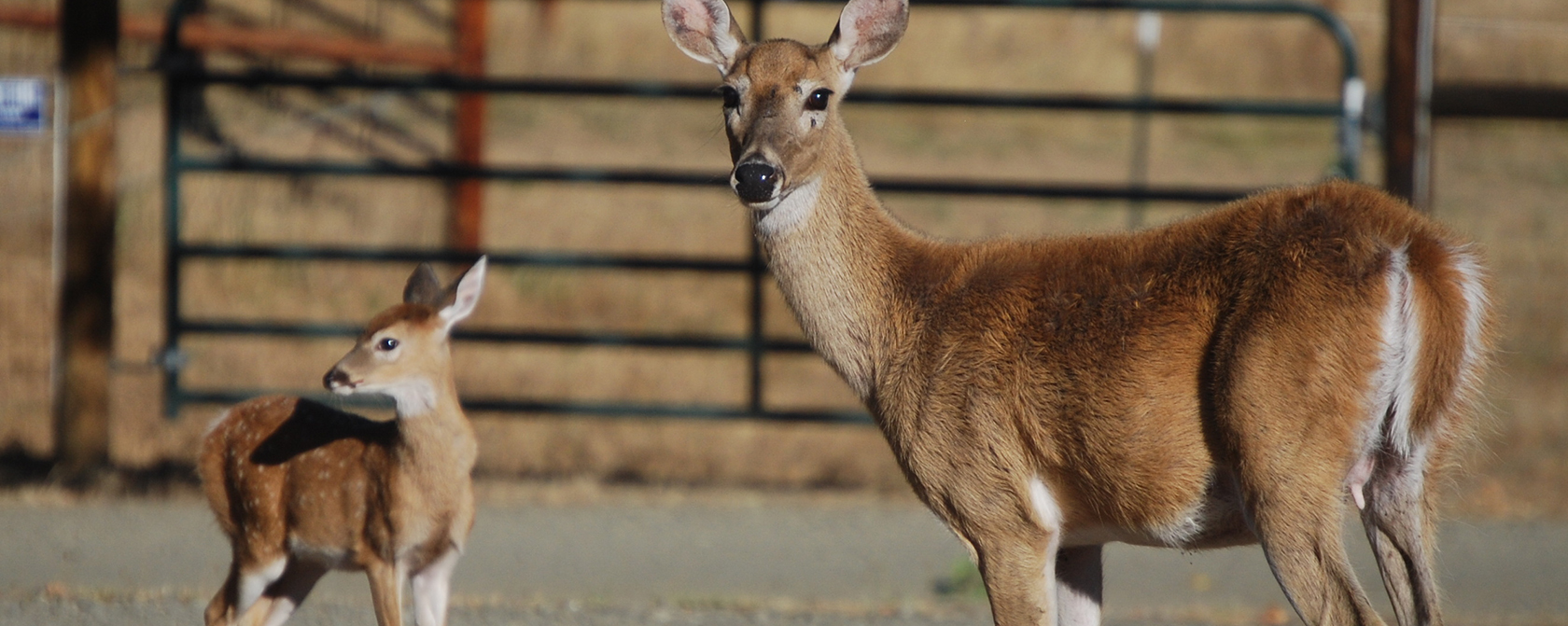By Kitty Block and Sara Amundson
There are few among us who have not been saddened by the demoralizing sight of animals along our roads who have died in vehicle collisions. For anyone who has had this experience or had the heartbreaking misfortune to be involved in such an accident, there’s great news in the $1.3 trillion infrastructure Investment and Jobs Act signed into law a few days ago by President Biden.
The Act includes a bounty of measures benefitting wildlife, and one of its highlights is an historic allocation of $350 million for grants to mitigate human-wildlife conflict and vehicle collisions through enhanced animal-friendly infrastructure at overpasses and underpasses across the U.S. We made this funding the target of our policy efforts, understanding that the health and survival of wildlife populations depends on creating and maintaining physical structures and landscapes that allow animals to flourish while reducing the potential for tragic loss of life—both human and animal—through wildlife-vehicle collisions and other negative outcomes.
All too often, largescale infrastructure projects have produced bad results for wildlife and other animals. We hope that this package—the nation’s largest conservation investment since the New Deal—signals the beginning of a new era in which the U.S. prioritizes animal welfare and conservation as it conceives and develops its major infrastructure initiatives.
We already know that wildlife crossings, whether in the form of spacious tree-lined overpasses or unobtrusive tunnels, can strengthen habitat connectivity, reduce the incidence of fatal accidents that claim human and animal lives and ensure the migration opportunities and genetic diversity of countless wildlife species. Currently, there are only about 1,000 such wildlife passages across the country’s four-million-mile road network, and more are urgently needed. Roadkill rates have been steadily rising over the last half century due to collisions.
There are many other provisions in the package that focus on resiliency and sustainability, which will benefit wildlife and the environment. These include $8 billion for flood mitigation and wildfire prevention and management; $15 billion to reclaim abandoned mines and cap orphaned oil and gas wells, both sources of pollution that affect wildlife, people and climate; $1.5 billion for restoration of estuarine ecosystems like the Chesapeake Bay, the Great Lakes and the Puget Sound; $800 million for culvert restoration benefitting aquatic life; and $130 million for tree cultivation in fire-ravaged areas.
Although wildlife crossings are more common in other countries, their popularity in the U.S. has increased as more policymakers and planners have come to appreciate their role in reducing accidents, which are estimated to cause hundreds of human deaths and thousands of injuries and cost billions of dollars every year. Members from both sides of the aisle in Congress and from all over the country found common ground in the view that we can and should act together to protect public safety and conserve wildlife through better infrastructure design and construction.
While $350 million is not an insignificant amount, we’re going to need even stronger financial commitments in the future to advance the construction of animal-friendly infrastructure at the scale required. We will push for these funds to go toward improvements at known highway accident hotspots, where they can do the greatest good. But we’re also going to push for stronger future commitments to projects of this kind. They represent the kind of world we’re trying to build, one in which we consider and act in the best interests of animals, whether in our individual lives, our policy and funding choices, our institutional practices or the design and development of our built environments, landscapes and communities.
Kitty Block is President and CEO of the Humane Society of the United States.




